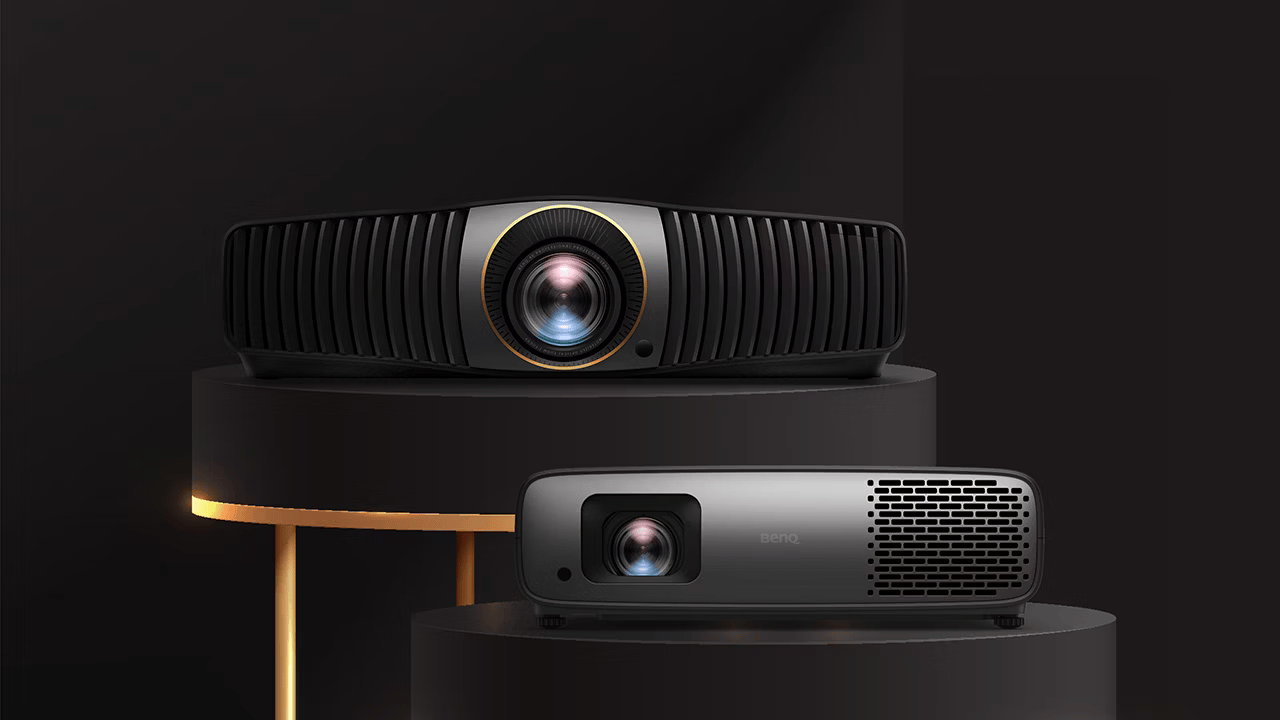Sky Glass 2 vs Glass Gen 1: how do they compare?
Upgraded sound, a tweaked design and supposed picture improvements...
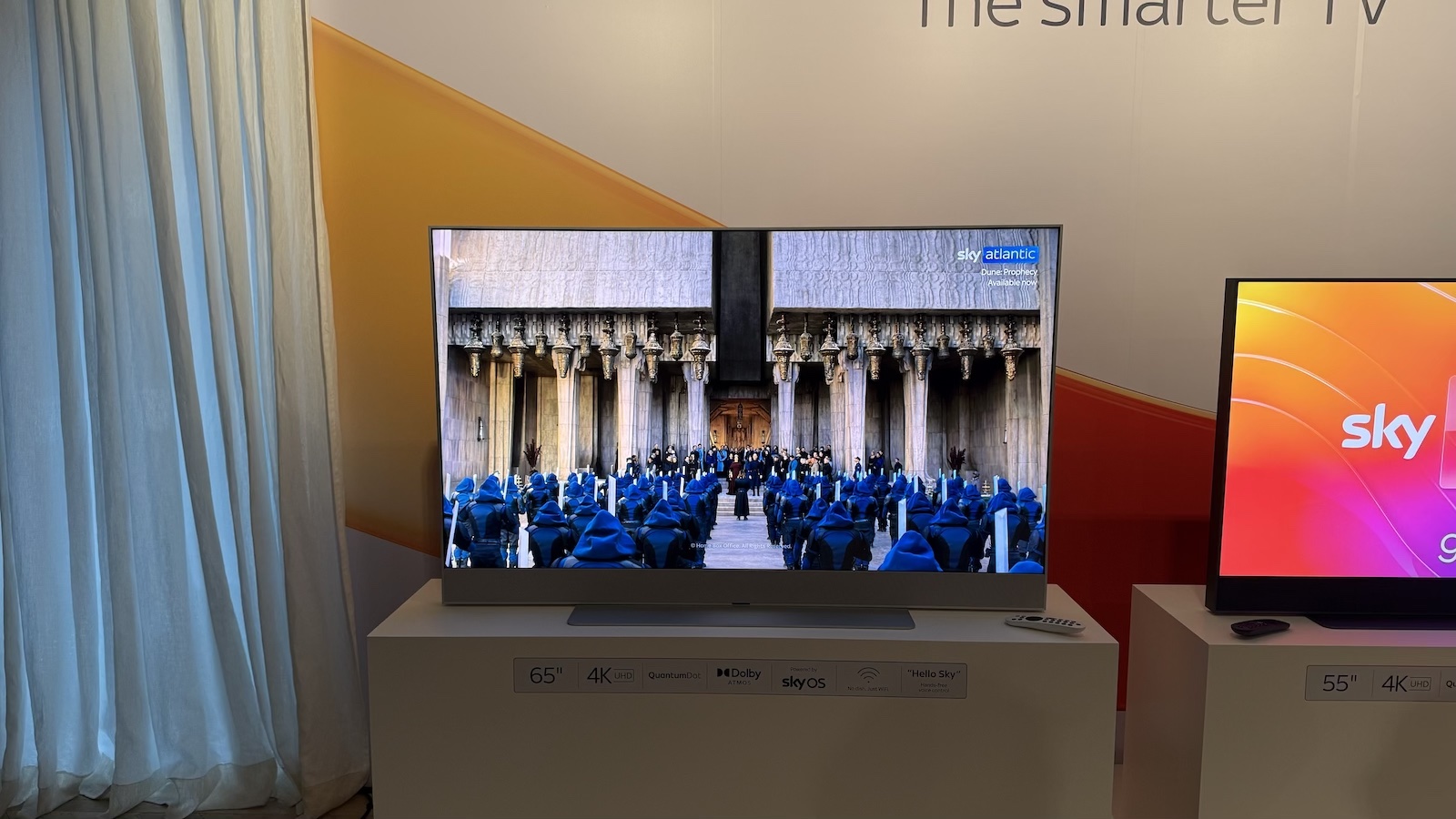
Sky's dish-less offering just got better. It's announced a second generation of Sky Glass, the TV with Sky built-in (you can read our hands-on review here). That means you can watch without a satellite dish, streaming box or any other extras. All you need is a decent internet connection.
So how does the second generation model compare to the first? Sky Glass Gen 1 scored four out of five in our review, so while it is good, there is room for improvement. Let's see how Gen 2 is better.
Sky Glass Gen 2 vs Gen 1: price
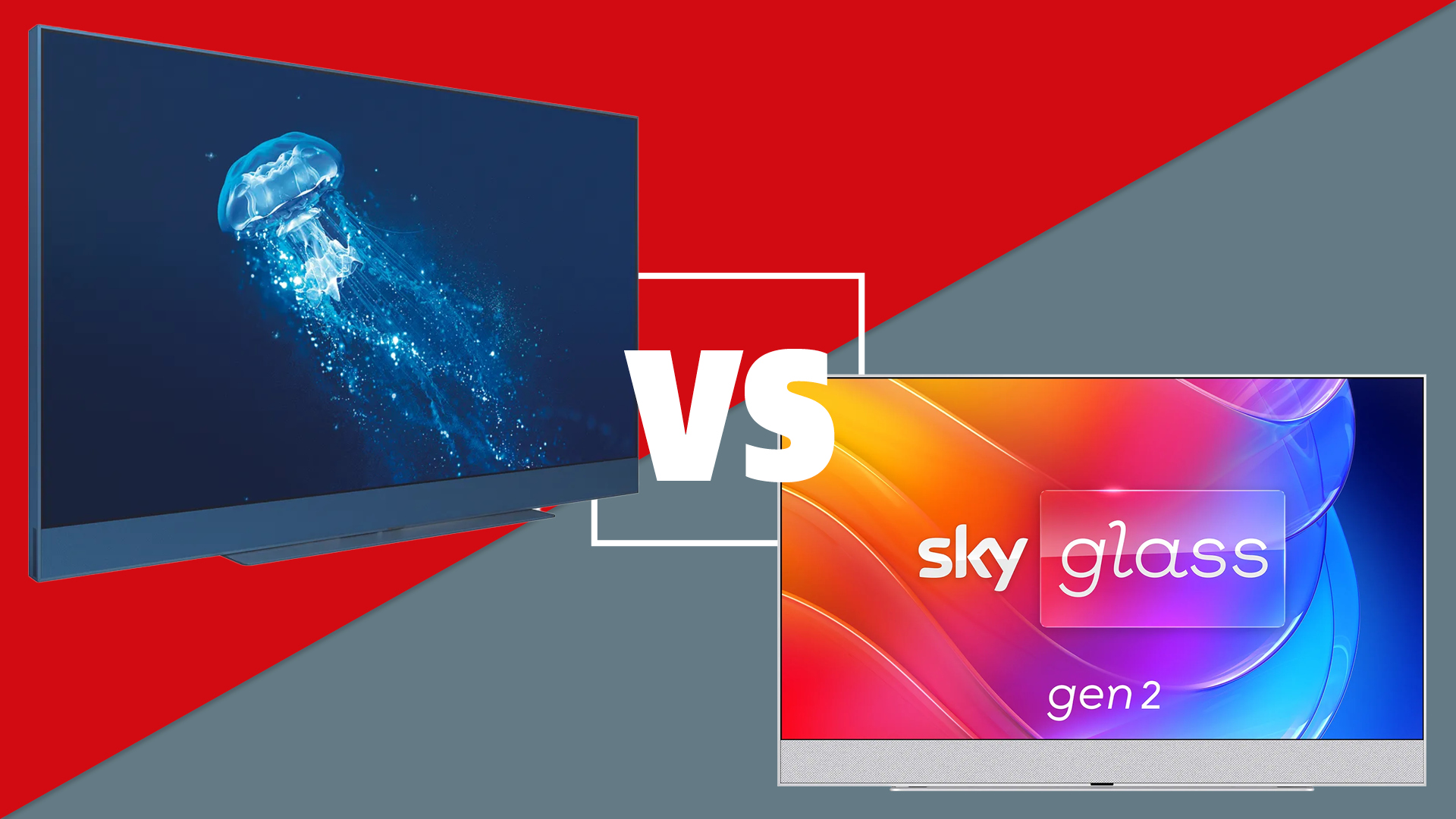
This round is a dead heat, as the second-gen Glass is replacing the first, and will cost the same. That means you sign up for a 24 or 48-month subscription, pick a TV size (43, 55 or 65 inches) and add what TV services you would like. For example, a 65-inch model on a 48-month contract will cost you £24 per month.
Once your contract expires, Glass works as a regular TV, but it won't have Sky's features like voice control unless you renew your contract.
Too pricey? Sky has also announced Glass Air, which is a stripped-back version of Glass that promises to be cheaper. Exactly how much cheaper remains to be seen. It will launch later in the year.
Sky Glass Gen 2 vs Gen 1: design
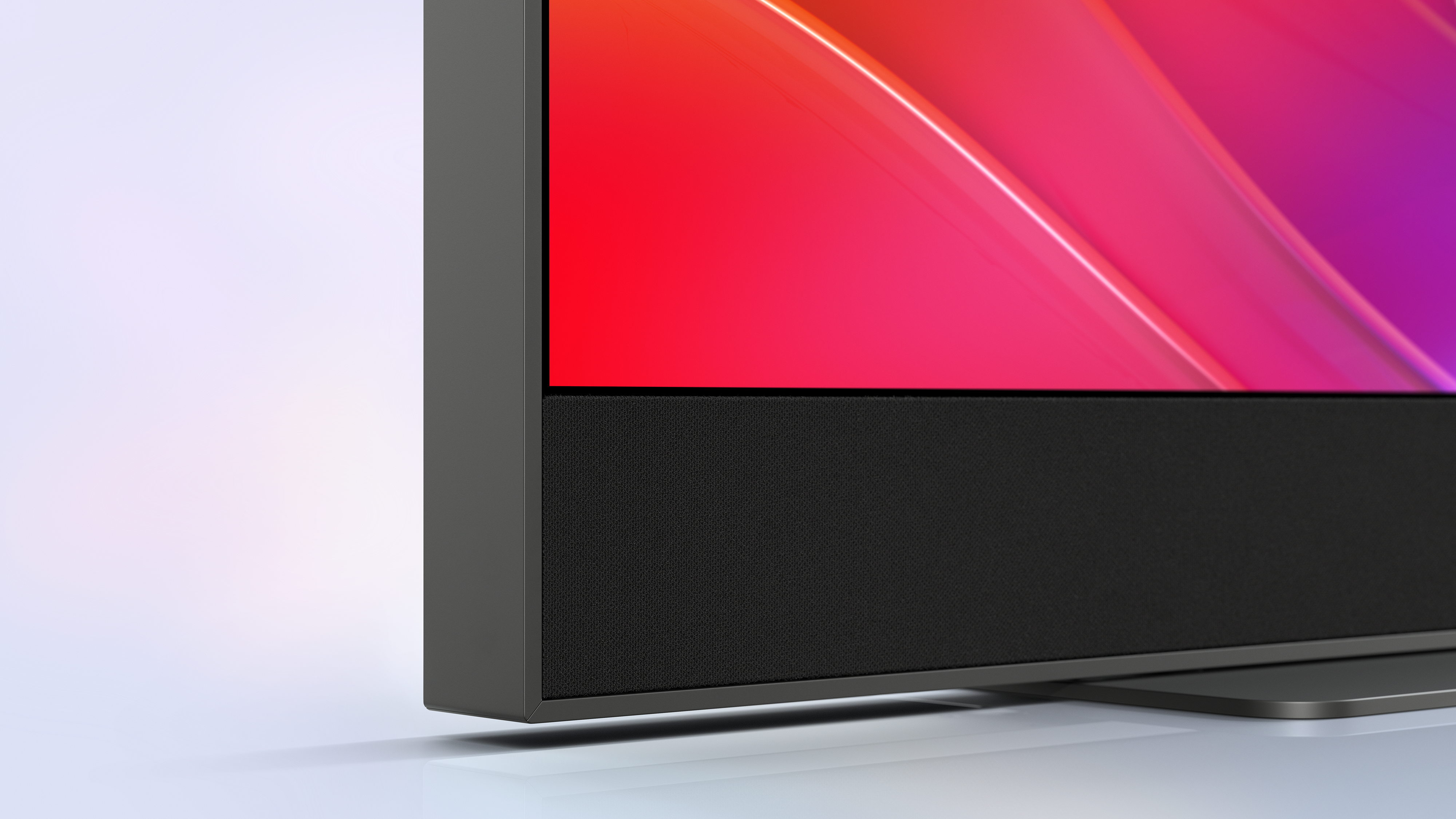
At first glance, Sky Glass Gen 2 and Gen 1 look almost identical. But there are some small but potentially significant changes.
The stand system – which we found a little clunky on the original – has been improved, and is now easier to assemble. Now it has two prongs that slide into the TV, no screws required. Want to wall mount it? There's a simple system that allows it to tilt, swivel and sit flush against the wall.
There are three new colours, too: Volcanic Grey, Arctic Silver, and Atlantic Blue. The remote and soundbar fascia match the colour of the matte aluminium chassis.
The original Sky Glass came in five different colours, so you do get less choice with Gen 2. Thanks to the built-in sound system, it was fairly chunky, but it carried its weight well – like a "smart picture frame" was our verdict. These small refinements should make Gen 2 an even more attractive proposition.
Sky Glass Gen 2 vs Gen 1: features
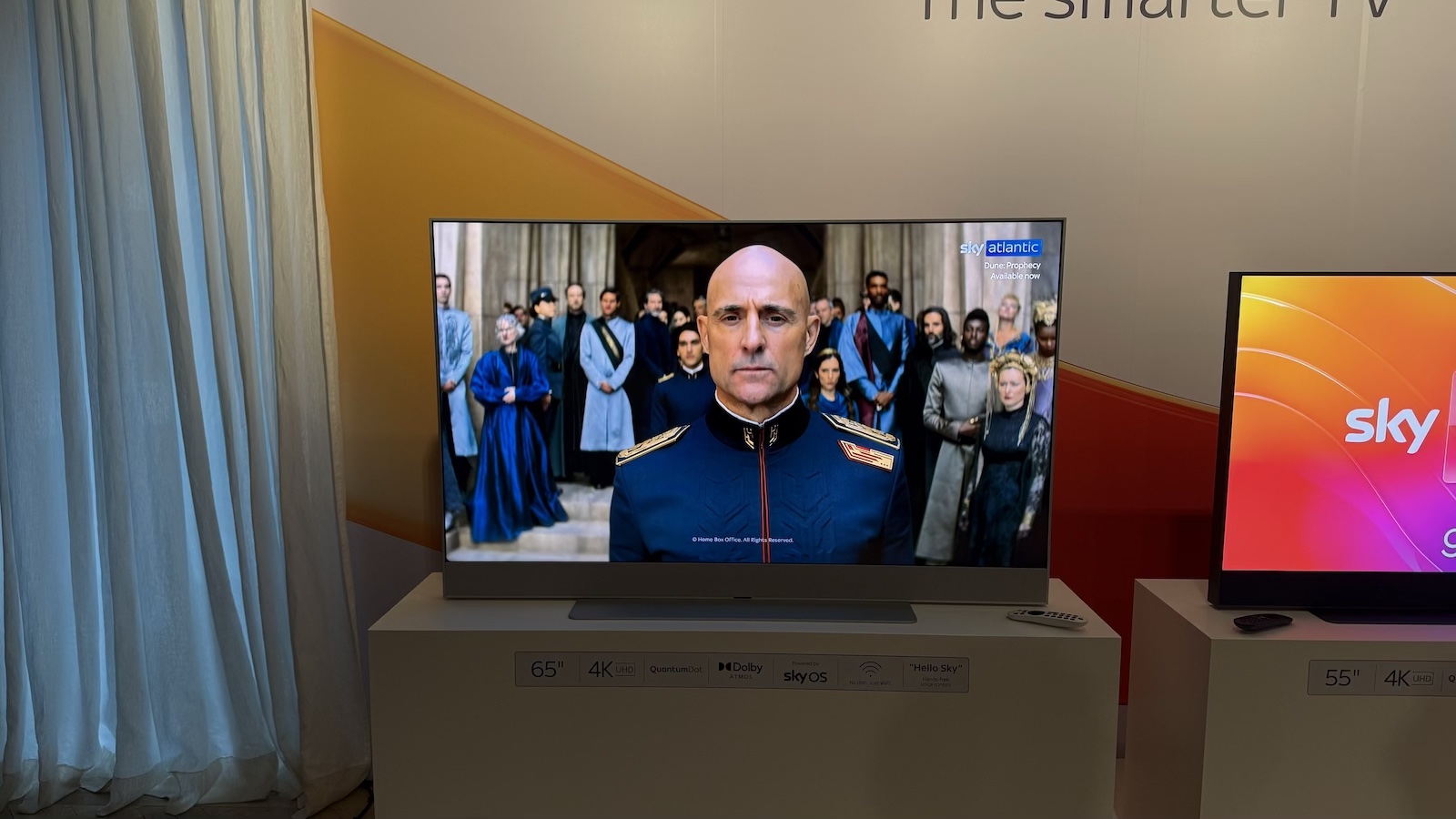
So what extra features do you get in the Gen 2 Sky Glass? In short, it's more of the same, but better.
You still get a 4K HDR TV with Sky TV built in and a Dolby Atmos soundbar bolted onto the bottom. But Sky says that this model has a brighter picture, with more dimming zones and more advanced local dimming, making for more precise brightness control. It also has wider viewing angles.
The picture and sound modes have been updated too, to more accurately reflect their respective content type, be it Entertainment, Movies, Music, Auto, Vivid, Extra Vivid or Sport.
Speaking of sound, the built-in speaker has had an upgrade. It's still a Dolby Atmos system, but now has dedicated up-firing speakers to add to the sense of height that Atmos brings. Sky says the seven-speaker, 3.1.2 arrangement creates a "richer 360-degree cinematic sound".
Gen 2 runs Sky OS, which is the new name for the Entertainment OS that runs on Gen 1.
The original Sky Glass features a quantum dot panel with direct LED backlight. The 60Hz refresh rate is bettered by most mid-range TVs (which support 4K@120Hz), and there are no next-gen gaming features: ALLM, VRR and HGiG are all missing. The Dolby Vision, HDR10 and HLG formats of HDR are supported, but not HDR10+. All the main streaming apps come straight out of the box, including Netflix, Amazon Prime Video, Disney+, Apple TV+, BBC iPlayer, ITV Hub, All 4, Spotify and BBC Sounds. Voice controls are built into the TV – just say the wake word and it responds, no talking into the remote required.
Sky Glass Gen 2 vs Gen 1: picture
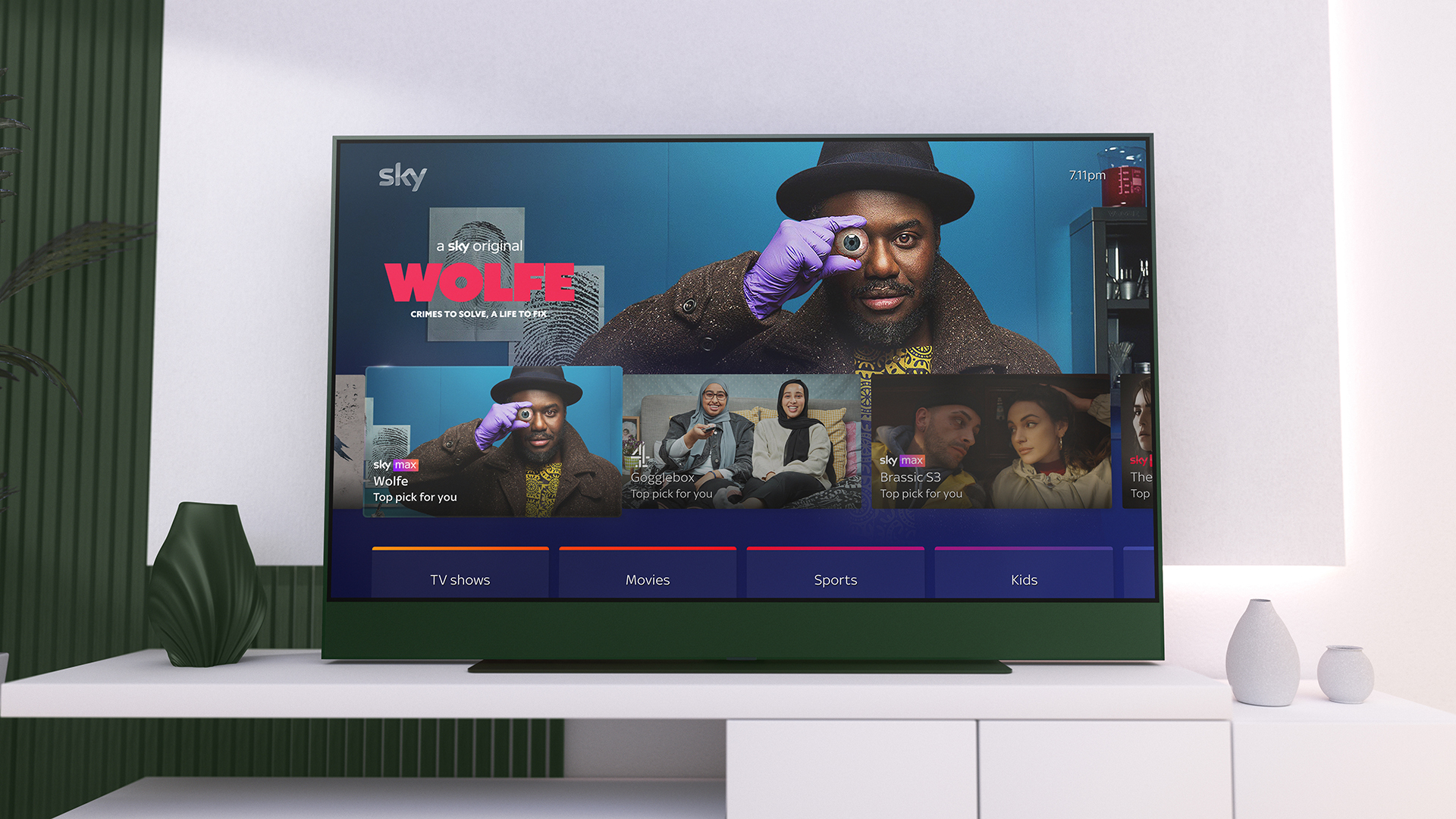
We haven't yet reviewed the Glass Gen 2 so can't give a verdict on the picture quality. But the added brightness and dimming zones are certainly welcome. It's likely it won't compete with even a mid-range OLED TV for authenticity, but we're looking forward to see how it fares.
We were a little disappointed by Gen 1's picture presets (the three modes essentially boiled down to just two: warm or cool), so we're intrigued to hear that Gen 2 will have more presets and that they've been worked on. But overall the picture is good, as long as you don't expect too much. It's not a flagship, or even mid-range OLED TV performance, but it does the job, and for the price you could do a lot worse.
"Dark scenes are surprisingly good: blacks obviously don't have the inky depth of those from a flagship TV, but they're deep by budget LCD TV standards and there's plenty of detail contained within," we wrote in our review of the Glass Gen 1. Contrast struggles a bit, but it's free of the blooming that's common at this price level.
Colours can be a bit washed-out and lacking in vibrancy, making the image look a little flat. But it is nicely balanced and pretty authentic. The motion could be better though – there's some noticeable smeariness going on. Let's hope Gen 2 can iron out these kinks.
Sky Glass Gen 2 vs Gen 1: sound
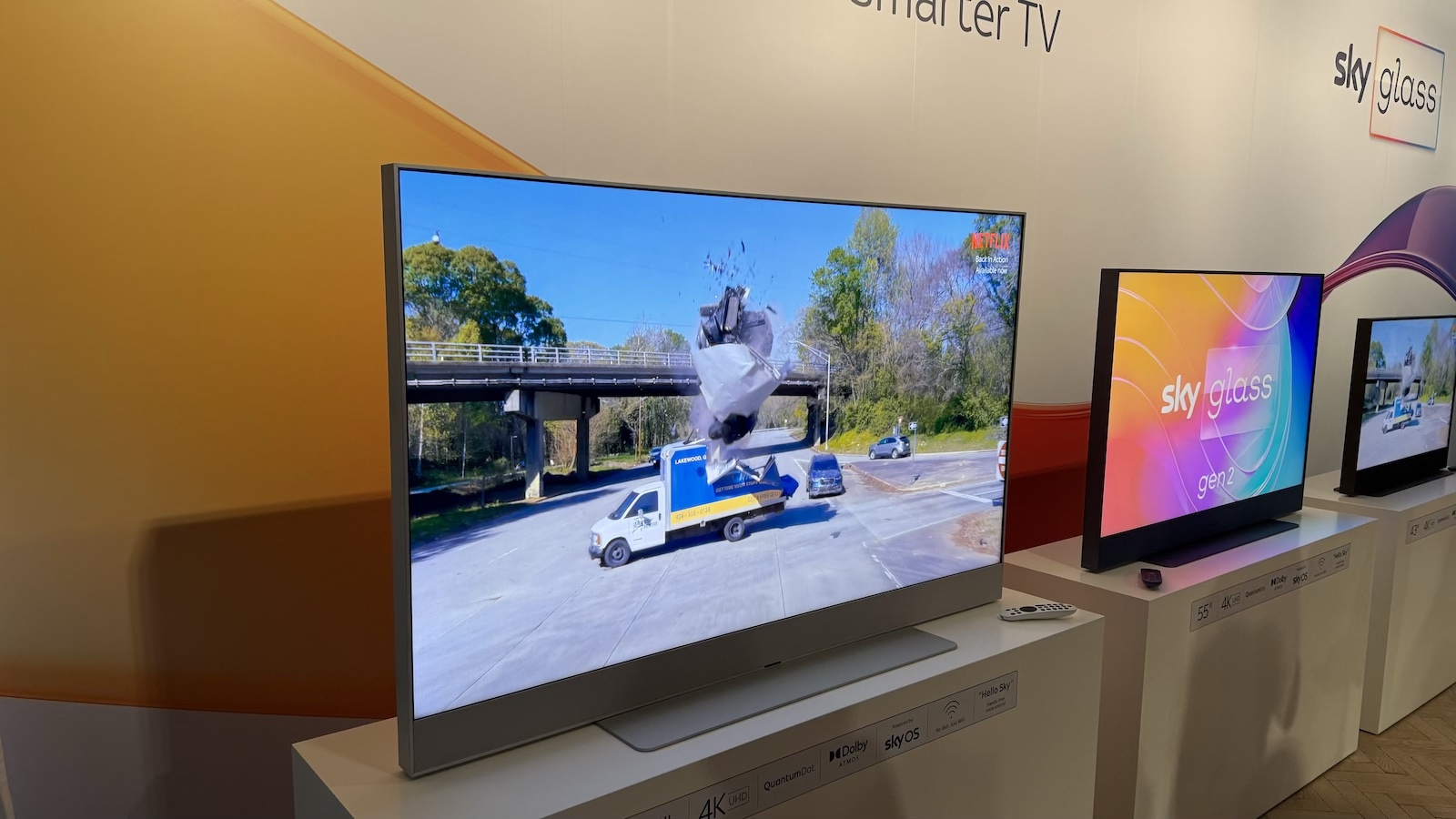
The extra sonic abilities could be Gen 2's biggest improvement. Additional height channels should make for a more enveloping sound experience – Atmos thrives when given up-firing drivers to play with, sounding so much more authentic than the virtualised effect that front-firers generate.
What's even more exciting is that Gen 1 sounds pretty good for the price. It has decent width and height, and bass has a good level of oomph without sounding like it's trying too hard. And the quality extends throughout the frequency range: "At the top end, a smidge of extra sparkle would be nice, but there's no brightness or aggression in the treble, and for that we are very grateful," we wrote in our review.
Voices project well, but the dynamics need work. Effects have a decent amount of punch, but the lack of volume change means the sound can lack drama. We're excited to see what Gen 2 can do.
Sky Glass Gen 2 vs Gen 1: early verdict
This is an easy one: Gen 2 replaces Gen 1 and costs the same, so will soon be the default version. Sky Glass Air will launch later in the year with certain compromises and a lower price tag. That versus Glass Gen 2 will certainly be an intriguing head to head...
But for now, Glass Gen 2 should be the clear winner. We'll update this article once we've tested the picture and sound improvements for ourselves, so stay tuned.
MORE:
Read our original Sky Glass review
And our Sky Q review and Sky Stream review
Here are the best TVs you can buy right now
Get the What Hi-Fi? Newsletter
The latest hi-fi, home cinema and tech news, reviews, buying advice and deals, direct to your inbox.
Joe has been writing about tech for 20 years, first on staff at T3 magazine, then in a freelance capacity for Stuff, The Sunday Times Travel Magazine (now defunct), Men's Health, GQ, The Mirror, Trusted Reviews, TechRadar and many more. His specialities include all things mobile, headphones and speakers that he can't justifying spending money on.

